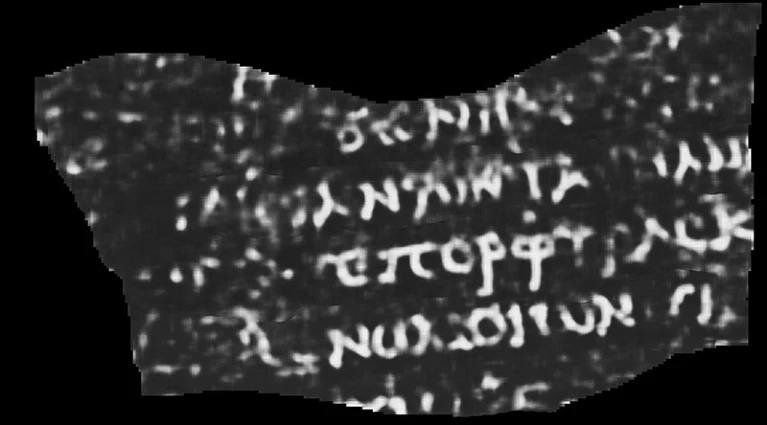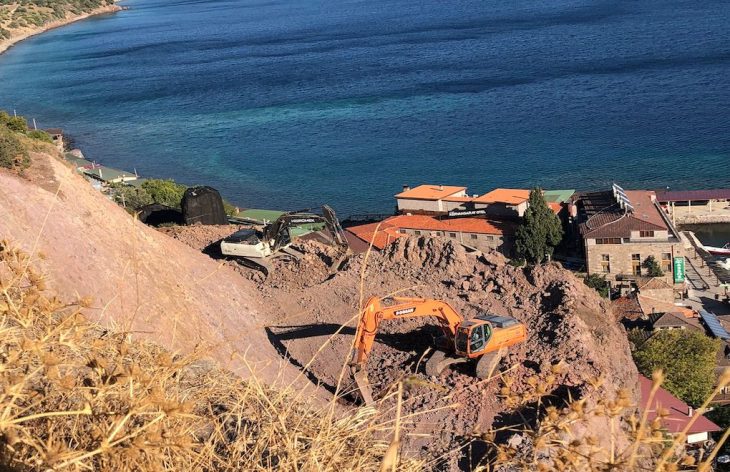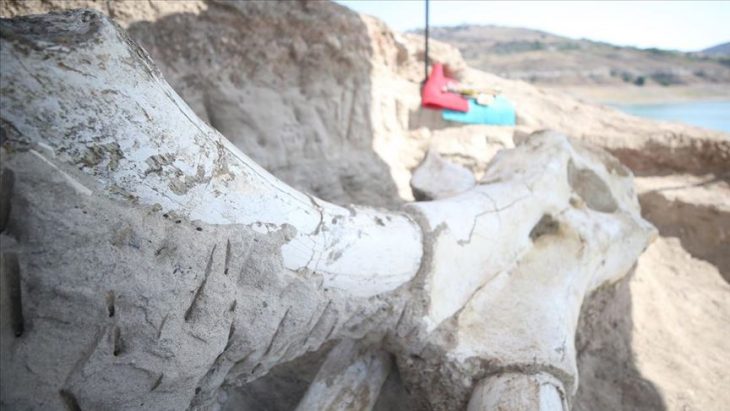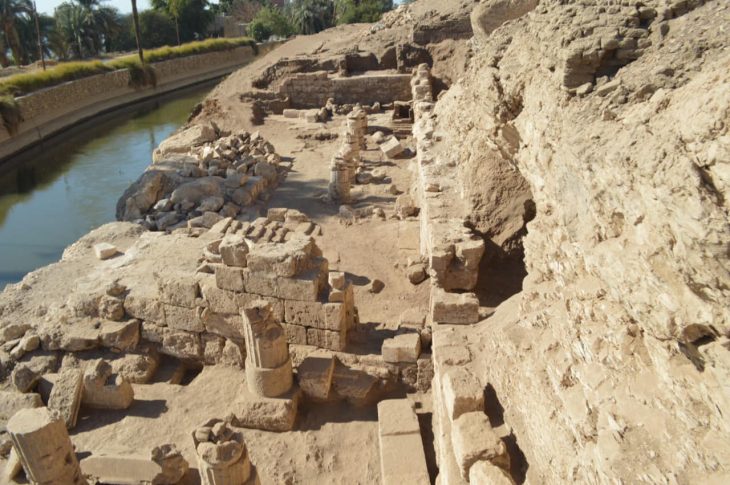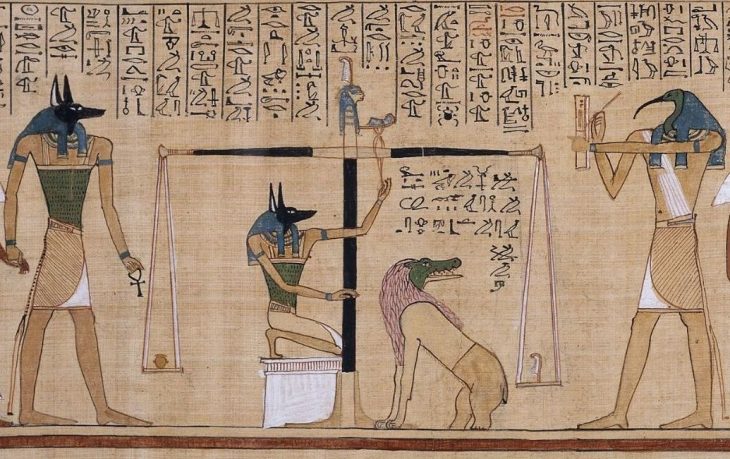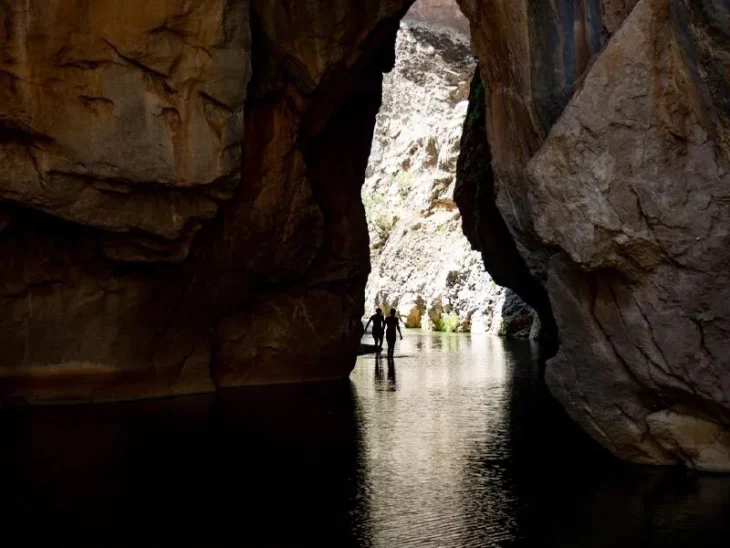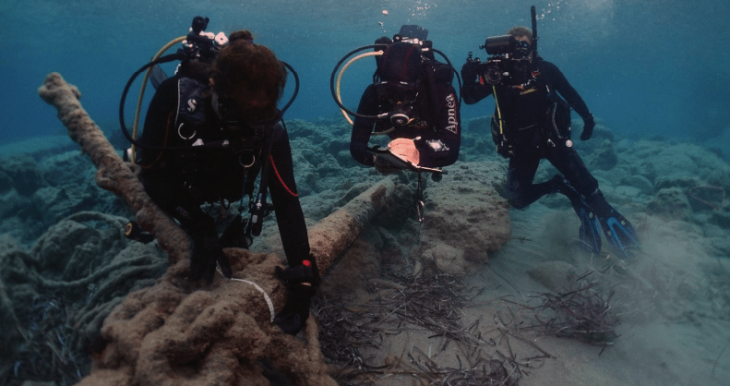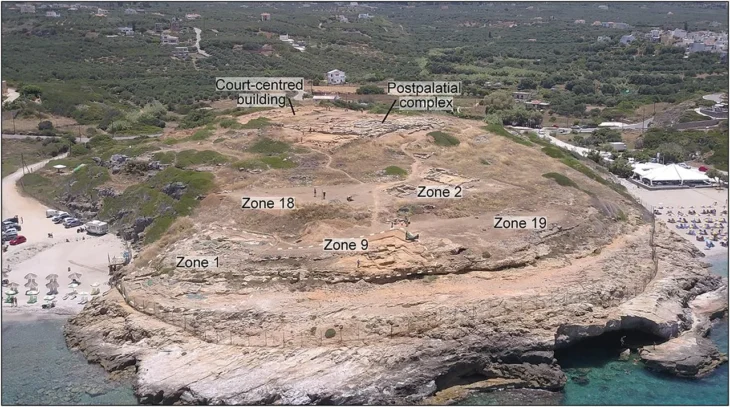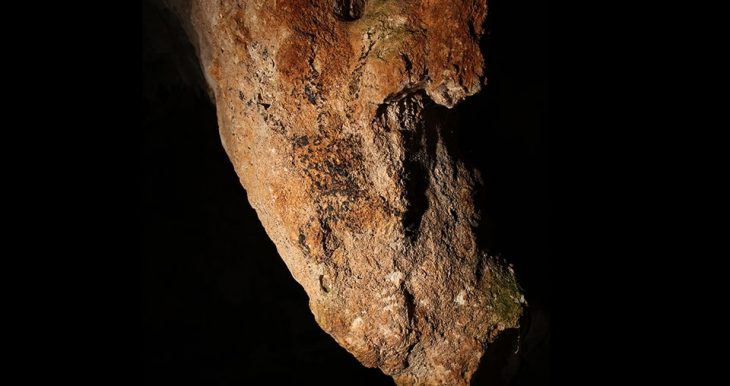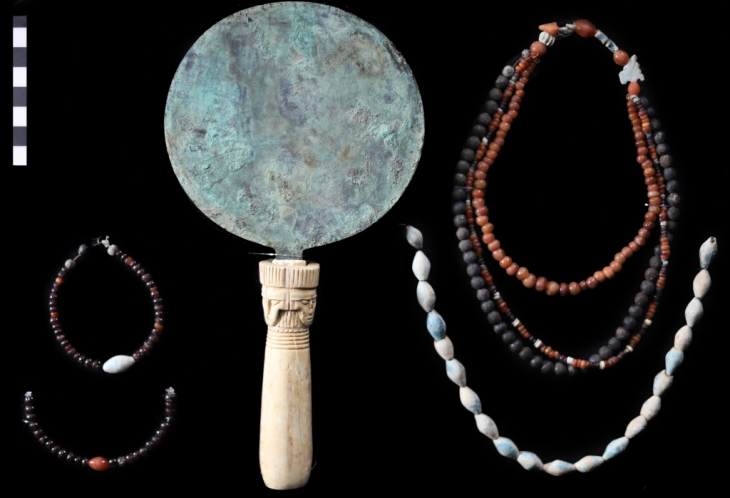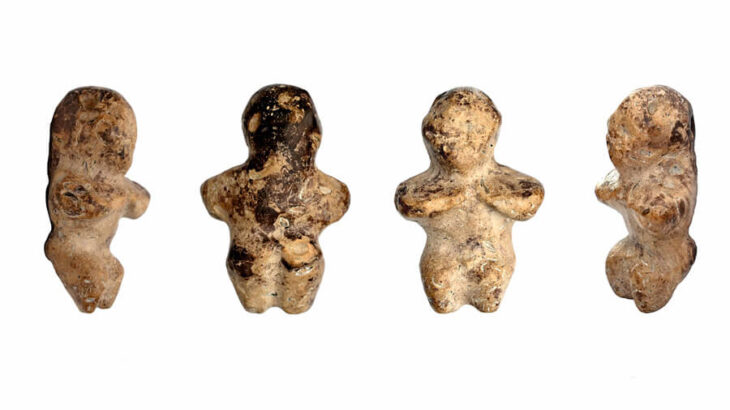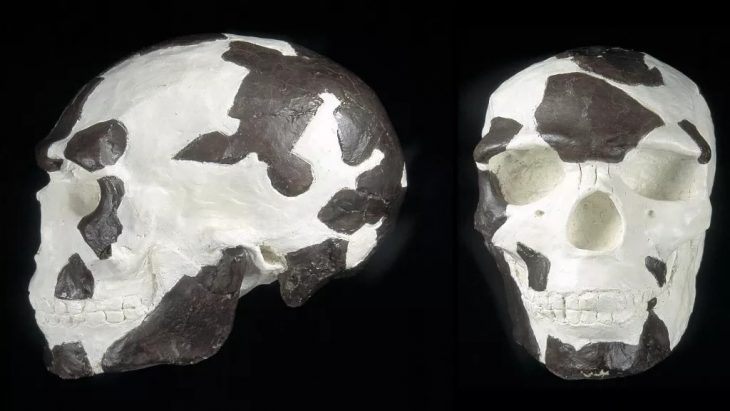Researchers used artificial intelligence to extract the first word from one of the first texts in a charred scroll from the ancient Roman city of Herculaneum, which has been unreadable since a volcanic eruption in AD 79 — the same one that buried nearby Pompeii.
The disaster appeared to have destroyed the scrolls for good, but nearly 2,000 years later researchers have extracted the first word from one of the texts, using artificial intelligence to peer deep inside the delicate, charred remains.
The Vesuvius Challenge, a contest with $1,000,000 (£821K) in prizes for those who can use modern technology to decipher the words of these scrolls, has awarded a 21-year-old undergraduate student at the University of Nebraska $40,000 (£32.8K) for being the first to read a word from one of the ancient Herculaneum scrolls.
Luke Farritor, who is at the University of Nebraska–Lincoln, developed a machine-learning algorithm that has detected Greek letters on several lines of the rolled-up papyrus, including πορϕυρας (porphyras), meaning ‘purple’. Farritor used subtle, small-scale differences in surface texture to train his neural network and highlight the ink.
“When I saw the first image, I was shocked,” says Federica Nicolardi, a papyrologist at the University of Naples in Italy and a member of the academic committee that reviewed Farritor’s findings. “It was such a dream,” she says. Now, “I can actually see something from the inside of a scroll.”

In the Vesuvius Challenge, on 12 October, the organizers announced that Farritor had won the ‘first letters’ prize of $40,000 for reading more than 10 characters in a 4-square-centimeter area of papyrus. Youssef Nader, a graduate student at the Free University of Berlin, is awarded $10,000 for coming second.
The scrolls were discovered in the eighteenth century, when workmen came across the remains of a luxury villa that might have belonged to the family of Julius Caesar’s father-in-law.
To finally see letters and words inside a scroll is “extremely exciting”, says Thea Sommerschield, a historian of ancient Greece and Rome at Ca’ Foscari University of Venice, Italy.
Deciphering the papyri, Sommerschield says, could “revolutionize our knowledge of ancient history and literature”.
Most classical texts known today are the result of repeated copying by scribes over centuries. By contrast, the Herculaneum library contains works not known from any other sources, direct from the authors.
Until now, researchers were able to study only opened fragments. A few Latin works have been identified, but most of these contain Greek texts relating to the Epicurean school of philosophy. There are parts of On Nature, written by Epicurus himself, and works by a little-known philosopher named Philodemus on topics such as vices, music, rhetoric and death. It has been suggested that the library might once have been his working collection. But more than 600 scrolls — most held in the National Library in Naples, with a handful in the United Kingdom and France — remain intact and unopened. And more papyri could still be found on lower floors of the villa, which have yet to be excavated.
Seales and his team spent years developing methods to “virtually unwrap” the vanishingly thin layers using X-ray computed tomography (CT) scans, and to visualize them as a series of flat images. In 2016, he reported1 using the technique to read a charred scroll from En-Gedi in Israel, revealing sections of the Book of Leviticus — part of the Jewish Torah and the Christian Old Testament — written in the third or fourth century AD. But the ink on the En-Gedi scroll contains metal, so it glows brightly on the CT scans. The ink on the older Herculaneum scrolls is carbon-based, essentially charcoal and water, with the same density in scans as the papyrus it sits on, so it doesn’t show up at all.
Seales realized that even with no difference in brightness, CT scans might capture tiny differences in texture that can distinguish areas of papyrus coated with ink. To prove it, he trained an artificial neural network to read letters in X-ray images of opened Herculaneum fragments. Then, in 2019, he carried two intact scrolls from the Institut de France in Paris to the Diamond Light Source, a synchrotron X-ray facility near Oxford, UK, to scan them at the highest resolution yet (4–8 micrometers per 3D image element, or voxel).
Reading intact scrolls was still a huge task, however, so the team released all of its scans and code to the public and launched the Vesuvius Challenge. The deadline for the grand prize is 31 December, and Seales describes the mood as “unbridled optimism”. Farritor, for one, has already run his models on other segments of the scroll and is seeing many more characters appear.
doi: https://doi.org/10.1038/d41586-023-03212-1
Cover Photo: The first word deciphered in the Vesuvius Challenge is the Greek πορφύρας, meaning ‘purple’.Credit: UK Photo

